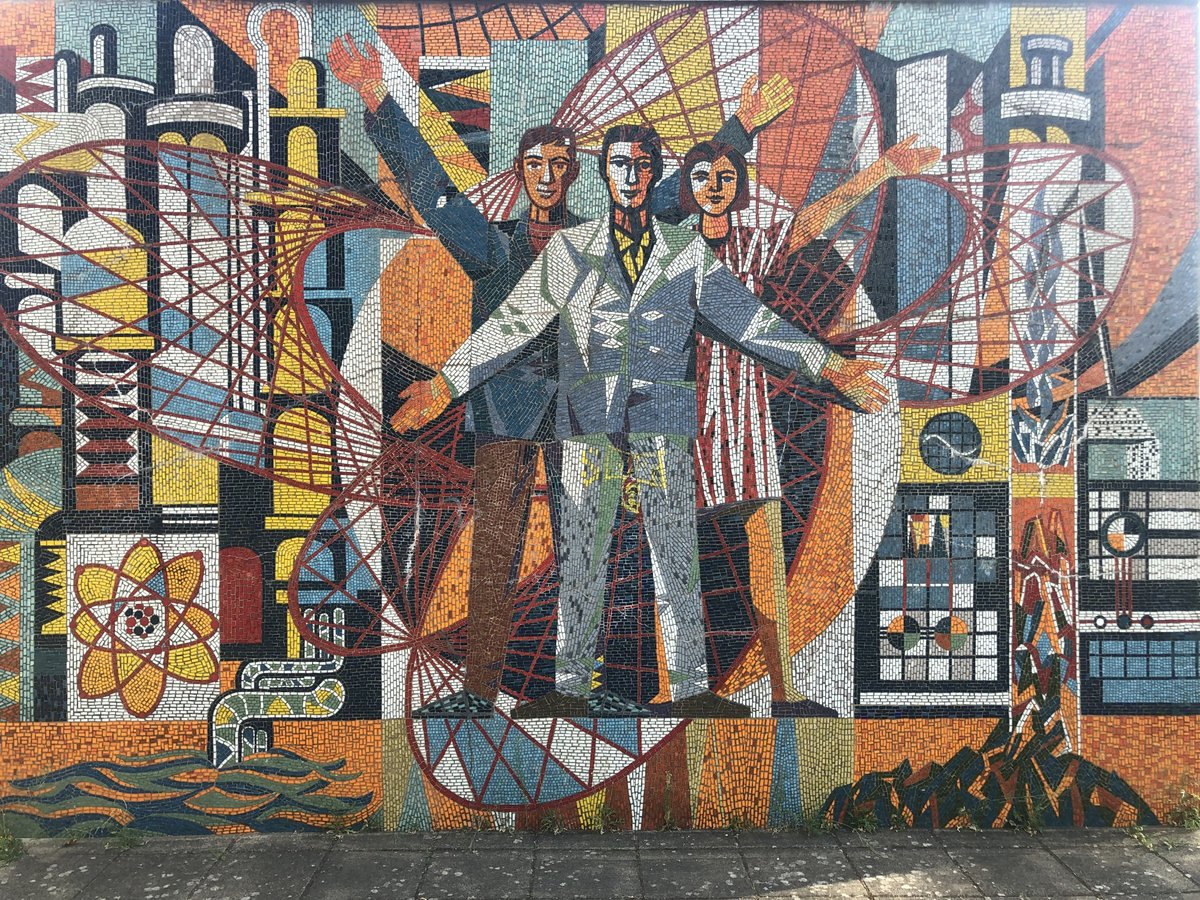Lecture and discussion evening as part of the exhibition "70 Years of Art in Architecture in Germany"
All interested parties are invited to this public event in the Central Lecture Theatre Building (ZHG) of the Brandenburg University of Technology Cottbus-Senftenberg (BTU), Konrad-Wachsmann-Alle 3, Lecture Theatre C (Attention: room change!). Admission is free.
Speakers are: Dr Christine Onnen, Head of Inventory and Documentation at the Brandenburg State Office for Architectural Conservation and Archaeological State Museum (BLDAM) and Axel Drieschner, Curator at the Utopia and Everyday Life Museum in Eisenhüttenstadt.
Moderation: Prof. Dr Sylvia Claus and Sophie Thorak, Chair History of Art at BTU.
1st lecture
Dr Christine Onnen
Since 2021, the Brandenburg State Office for Architectural Conservation and Archaeological State Museum (BLDAM) has been carrying out recording projects of building-related art from the GDR era. In addition to the industrial locations and socialist planned towns of Schwedt/Oder and Eisenhüttenstadt, the focus is initially on the former district capitals of the GDR. This extremely rich and diverse collection of state-controlled art will be examined from an art historical perspective, focussing on visual language and content, and from a restoration perspective, focusing on work techniques and materiality.
2nd lecture
Axel Drieschner
The SED sees art as a driving force for social development. Building-related art should help shape social spaces and have an impact on people's everyday lives and consciousness. The realisation process is accompanied by changing models, material and political conditions. In Eisenhüttenstadt, founded almost simultaneously with the GDR, this can be seen in exemplary fashion, although in part a special path was taken. In the 1970s/80s, efforts to "culturally shape" the planned city were greatly intensified by the "patronage" of the municipality. Around one hundred works are brought together in the centre: in addition to monumental wall paintings, mosaics and stained glass windows, now particularly figurative sculptures made of concrete or bronze. The lecture presents important works (such as those by Walter Womacka, Kurt Robbel, Herbert Burschik and Peter Makolies), looks at decision-making processes and asks about the social effectiveness of art in urban space: what does it mean for those who live with it?
The lectures as part of the touring exhibition "70 Years of Art in Architecture in Germany", which can be visited from 18 October to 26 November 2024 at the Information, Communication and Media Centre (IKMZ) of the BTU , are organised by the BTU in cooperation with the History of Art and Architecture Chair and the Federal Office for Building and Regional Planning (BBR). The programme of the permanent exhibition can be found here. The event is being organised with the kind support of the BBR and the Federal Institute for Research on Building, Urban Affairs and Spatial Development (BBSR).
Specialist contact
Press contact
Kommunikation und Marketing
T +49 (0) 3573 85-283
ralf-peter.witzmann(at)b-tu.de

